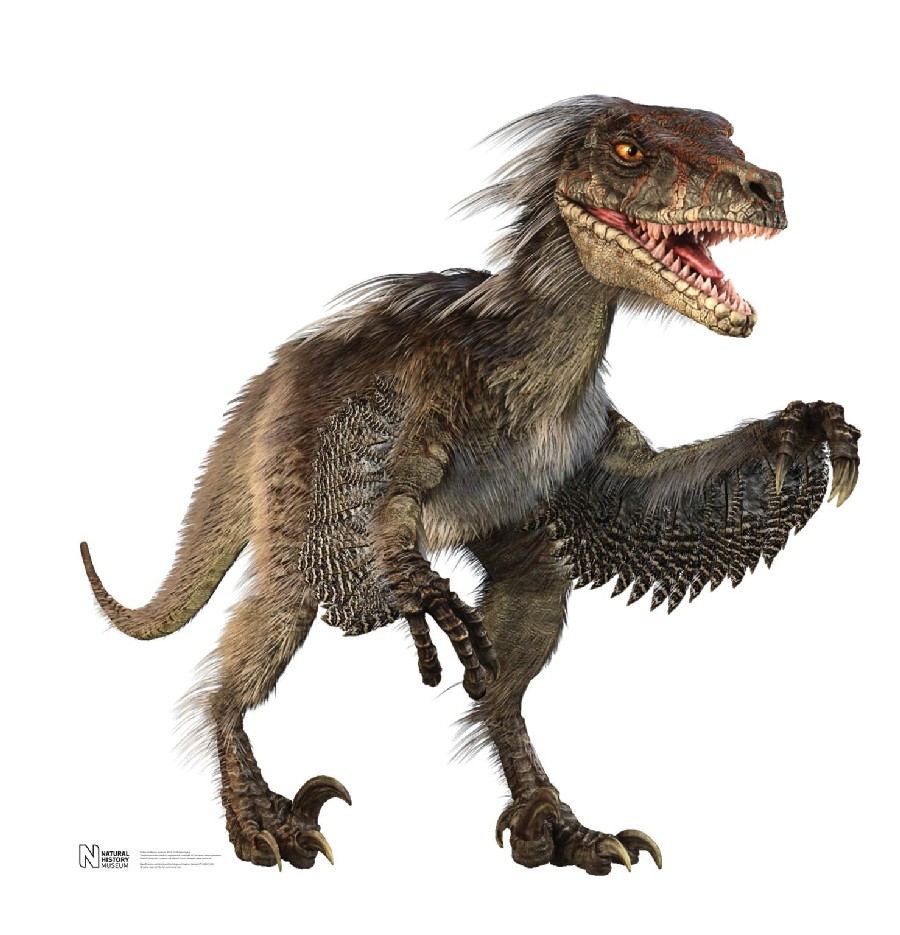Dinosaur raptors, with their sharp claws and keen senses, have long captured the imagination of paleontologists and dinosaur enthusiasts alike. These agile hunters roamed the ancient landscapes of the Mesozoic Era, leaving behind a legacy of awe-inspiring fossils and intriguing discoveries. Let’s embark on a journey to explore the diverse world of dinosaur raptors, from their natural habitats to their distinctive features and behaviors.
Description and List of Dinosaur Raptors
Velociraptor
Made famous by popular culture, Velociraptor was a small but fierce predator known for its agility and intelligence.

Deinonychus
With its distinctive sickle-shaped claws, Deinonychus was a formidable predator of the Cretaceous period.

Utahraptor
Larger than Velociraptor, Utahraptor possessed powerful claws and likely hunted in packs, making it a formidable predator.
Natural Habitat
Dinosaur raptors inhabited diverse environments, including dense forests, open plains, and coastal regions. They were adaptable creatures, capable of thriving in a variety of ecosystems across the globe.
Distinct Features
Raptors were characterized by their sharp, serrated teeth, powerful jaws, and distinctive clawed hands and feet. Their long tails provided balance and agility during hunting and maneuvering through dense vegetation.
Behavior Aspects
Raptors were highly intelligent and social animals, often hunting in packs to take down larger prey or defend territory. They exhibited complex behaviors, including coordinated attacks, vocalizations for communication, and possible parental care
Natural Predators
While raptors were formidable predators themselves, they faced threats from larger carnivores such as tyrannosaurs and other apex predators of the Mesozoic Era. Competition for food and territory was common among dinosaurs, and raptors likely engaged in confrontations with rival species.
Geographical Location
Fossil evidence of dinosaur raptors has been discovered on every continent, showcasing their global distribution during the Mesozoic Era. From North America to Asia, raptors roamed diverse landscapes, adapting to a wide range of environmental conditions.
Fossil Records
Paleontologists have unearthed a wealth of fossilized remains belonging to dinosaur raptors, providing valuable insights into their anatomy, behavior, and evolutionary history. Fossils include articulated skeletons, trackways, and evidence of nesting and parental care, contributing to our understanding of these fascinating creatures.
Speed and Life Span
Raptors were swift and agile predators, capable of bursts of speed when hunting prey. While precise speed measurements are challenging to determine, raptors likely relied on agility and coordination to pursue and capture their quarry. As for their life span, it varied among species and depended on factors such as size, environment, and predation pressure.
Conclusion
Dinosaur raptors were remarkable predators that played integral roles in ancient ecosystems. Through fossil discoveries and scientific research, we continue to unravel the mysteries of these fascinating creatures, shedding light on their evolutionary significance and ecological impact during the Mesozoic Era.
Please check out more articles about animals.





